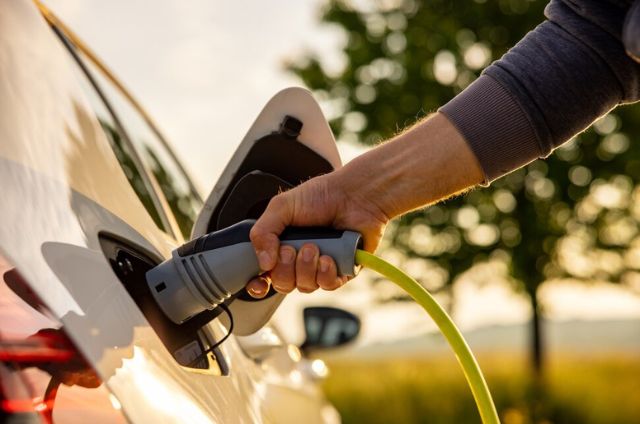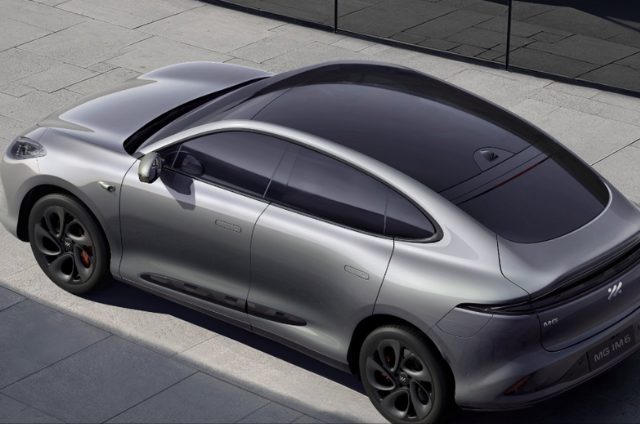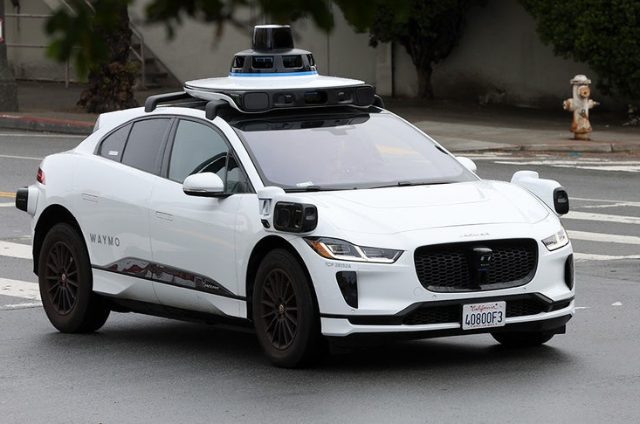Matching Charger Speed to Stop Time
EV charging is evolving fast—but not always in the right direction. Across cities and highways, ultra-fast DC chargers are popping up in places where drivers spend hours, like malls and workplaces. At the same time, slower chargers are installed where people only stop briefly, such as gas stations or roadside stops.
The key to better charging isn’t always more power. It’s matching the charger type to how long drivers actually stay—also known as “dwell time.” A quick grocery run? A slower plug might not help much. A work shift or dinner out? That’s the perfect time for a lower-power top-up.
Smarter Planning for Everyday Stops
Many EV drivers agree: places like offices, restaurants, and airports benefit most from more Level 1 and Level 2 chargers. These chargers are cost-effective and offer just the right amount of energy for longer visits. Instead of one or two high-powered stations, having multiple low-speed chargers lets more people plug in and benefit.
Workplaces are a great example. If a team parks for 8 hours, a few kilowatts of steady charge is often enough to keep batteries full for daily commutes. That same strategy works well at airport parking lots, hotels, and campuses—anywhere cars stay put for extended periods.
Make Charging Effortless
Convenience matters just as much as speed. A simple, tap-to-pay system—like the ones used at fuel stations—would make public charging even more approachable. Centralized payment kiosks can manage multiple chargers without needing a separate app for each location. It’s one more way to make EV charging as easy as plugging in your phone.
The Road Ahead
With more EVs hitting the road every day, now’s the time to build charging networks that truly support how we live, work, and travel. That means placing the right chargers in the right places and focusing on practical, long-term solutions that serve everyone—whether you’re stopping for coffee or parking for the weekend.



